You may not believe it, but it's a true story. A friend of mine who works in the field of natural home insulation (floor insulation, insulation between floors, external insulation) was visited by a customer who wanted to buy a special material for soundproofing parquet. When asked "How big is the floor?" seemed at a loss for an answer, which puzzled my friend and prompted him to ask who the material is for. “It's for the neighbor upstairs. He's renovating, so I thought I'd give him the insulation under the floors." After I stopped laughing I thought about how simple, but smart, the move is. You make a housewarming gift, a gesture that can turn your neighbor into a friend, and in the same money you're literally giving yourself peace of mind.

All joking aside, not a few people suffer from floors that sound like a resonance box, or hear everything going on upstairs because the insulation between floors is missing or poorly made or made with the wrong materials. I would now like to talk about the materials used to absorb noise, and in particular natural materials. This is not an entirely new subject. I have already mentioned sound insulation in insulation with fibro-wood materials or at wool insulation. This time I'll go into more detail, focusing on hemp insulation.

But for starters, why natural materials? For a long time, natural insulation materials were shunned as inferior in performance compared to synthetics. This is a prejudice because natural products often even outperform synthetics. Let me give you some examples:
- Natural materials have much better hygroscopic performance than synthetics. The fibers of these materials can absorb and release moisture, reducing the risk of condensation and therefore mold. They are very suitable for insulating wooden houses, reducing the risk of rot.
- They are materials that ensure a constant temperature during the summer months. They also insulate the house very well in winter periods, with performance comparable to that of synthetic materials. Tests showed that in attic areas, insulation with natural fiber materials provided a cooler environment, with a difference of up to 6°C compared to similar spaces insulated with mineral wool.
- Natural materials far outperform the acoustic performance of many synthetic fibrous or plastic materials, due to the combination of high density, fibrous nature, flexibility and ease of processing.
- The thermal conductivity of natural materials is better than many synthetics - this is one of the most five reasons why you should choose wool as insulation. In many cases, houses that receive the passive house certificate use natural products for insulation.
- They are "clean" products that do no harm to humans, animals, plants or the environment and help maintain a healthy climate. Some do more than just keep it healthy - they actually help clean it. Like wool, the only material that binds formaldehyde in the air, or hemp, which binds carbon dioxide.
Let's come back to insulation under or between floors. Why is it necessary? For two reasons:
- to prevent sound transfer. Hard surfaces, such as laminate flooring, will "ring" quite loudly on impact if there is a hollow space underneath. And if we're walking in high-heeled shoes, the sound will be disturbing. But shoes can also annoy the neighbor underneath because that empty space acts as a sound box.
- to prevent heat transfer. Heat can be lost through any partition and the floor acts as a partition. In addition, there are spaces built on top of other spaces that are unheated: garages, cellars, terraces. To prevent excessive cold or heat from spreading, insulation is needed between floors.
The most commonly used natural materials as sound insulation are:
- fibrolematous plaques
- wool
- hemp tiles/rugs
I've already told you about wood fiber and wool, so now I'll talk about hemp-based insulation materials. Industrial hemp is not that hemp with hallucinogenic effects. It's a material with many qualities, intensively cultivated in the past. I remember my vacations in the countryside, waking up to the sound of a snail. This rudimentary tool was used to destroy the hard part of the stalks of hemp plants that had been soaking for a month in a puddle, revealing the fibers inside. The hard parts were then removed with a weaver (a large comb), leaving the hemp husk from which various things were woven (shirts, quilts, a kind of cloth for thick clothing).
These fibers are now used to make insulation. No glue is used to make the hemp carpet, the strands are simply stuffed. Without glue, there is no formaldehyde. The material also contains no herbicides because hemp naturally grows very tall (2 m) and has large horizontal leaves, so no weeds grow where it grows.
Hemp fiber insulation has the following advantages:
- regulates humidity
- absorbs carbon dioxide
- it is dimensionally stable - it can be mounted even without fixing
- does not mold
- is resistant to moth and mold attack
- is fire resistant
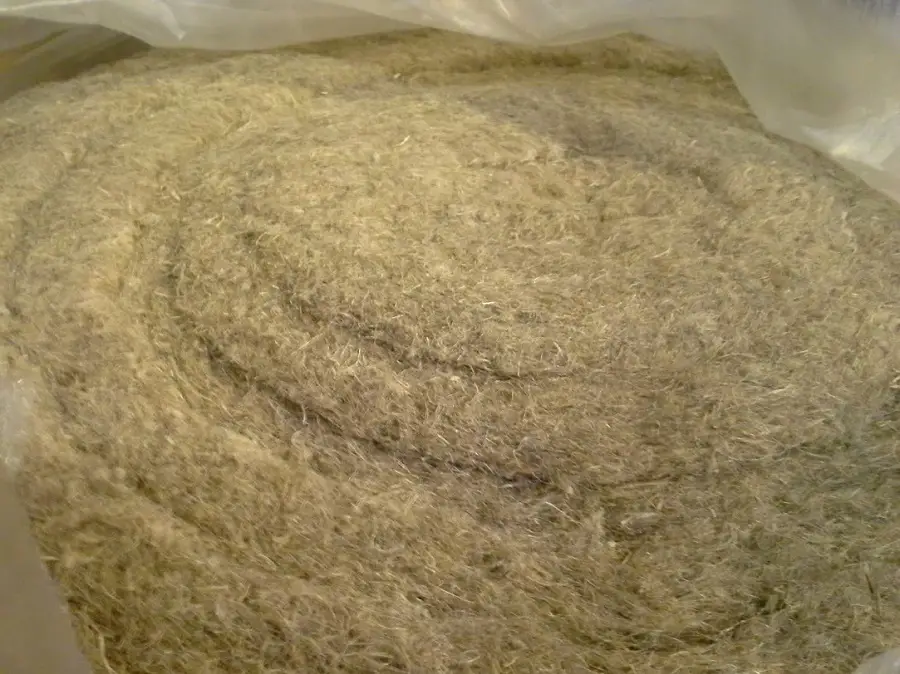
You can find hemp insulation for Thermo Hanf Step floors at Naturalpaint, plus other natural materials used, both for wood finishing (oils, skiesnatural pigments, natural pigments, varnishes), as well as for traditional wall finishing (I think you remember the Traditional Moroccan plaster TadelaktIt is available in bales of 1m wide and thicknesses of 3, 5 or 10 mm. Installing laminate flooring on this type of insulation is very easy, as you can see in the video below, without any risk of irritation or itchy hands. So, if you are thinking of giving your upstairs neighbor a gift of floor insulation, you can also install it to make the gift complete ... or make sure he used it 🙂
























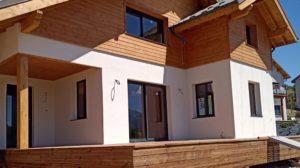

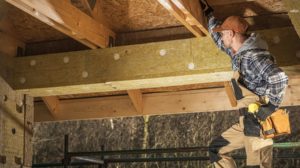

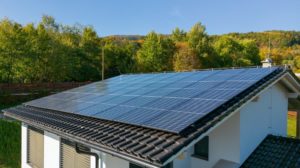
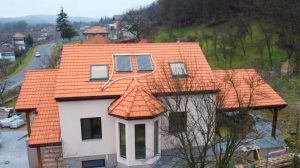

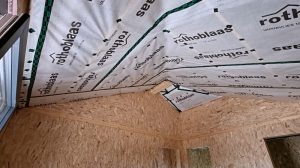




[...] wood has a low degree of sound insulation, which can be a discomfort for many owners. If there are 2 [...]